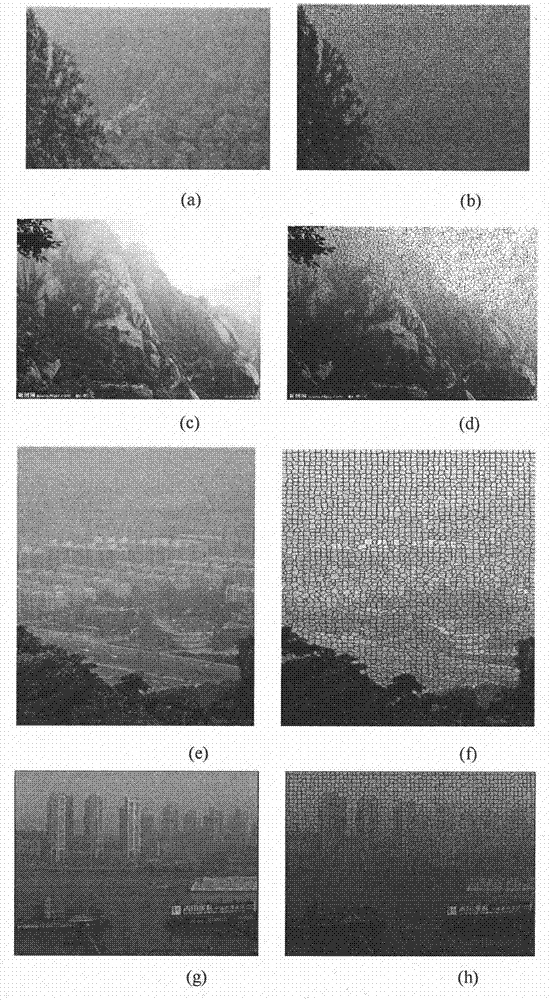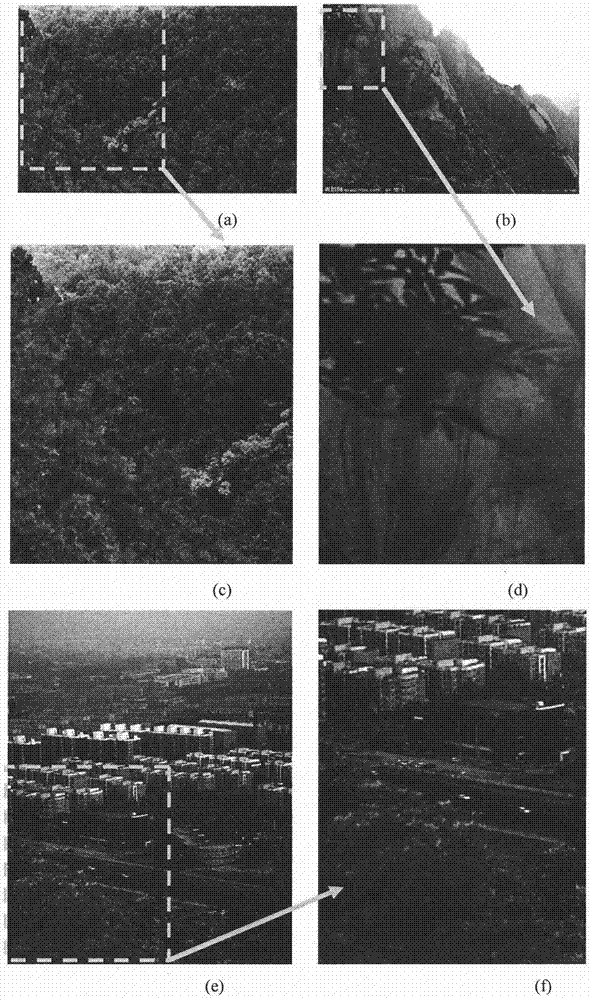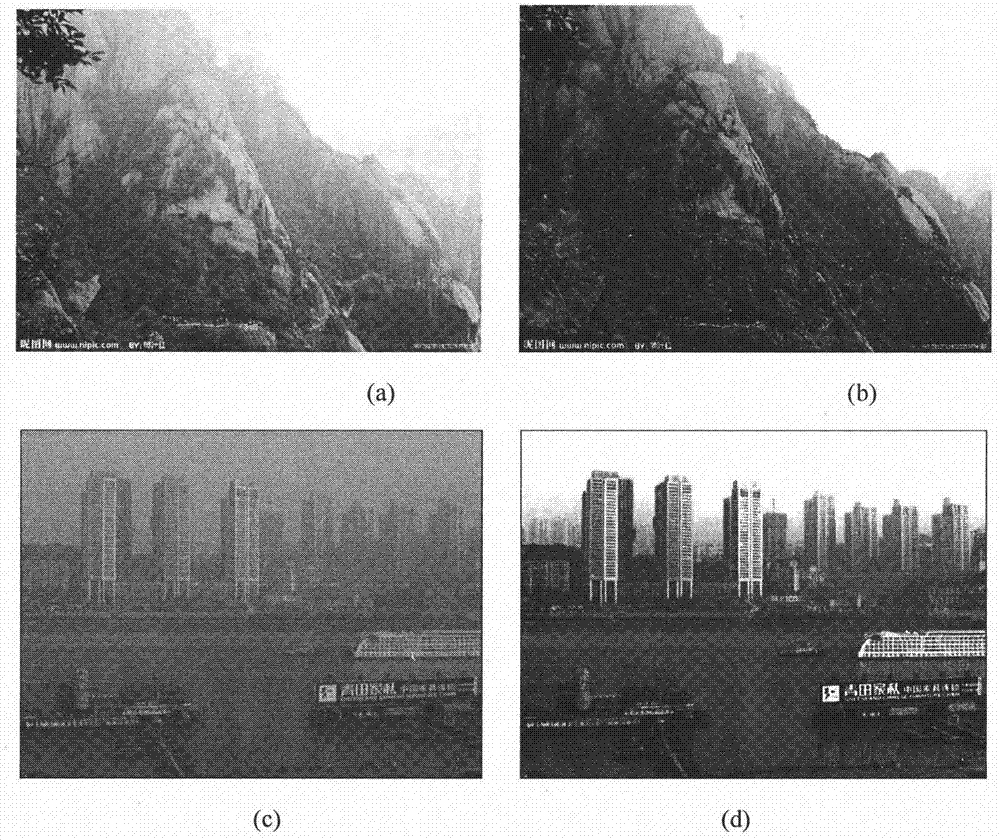Single image haze removing method based on mean-mean square error dark channel under superpixel framework
A dark channel and superpixel technology, applied in the field of image processing, can solve the problems of the failure of dehazing in the local area of the image, the assumption that the premise is not necessarily true, the estimation is not accurate, etc., to solve the limitations of three aspects, alleviate the color cast problem, Overcoming the effect of the halo effect
- Summary
- Abstract
- Description
- Claims
- Application Information
AI Technical Summary
Problems solved by technology
Method used
Image
Examples
Embodiment Construction
[0053] The present invention will be described in detail below in conjunction with the accompanying drawings.
[0054] The purpose of the present invention is to improve the visibility of a single visible light image under haze conditions. The present invention starts from the data of a single image and seeks a solution on the basis of considering the physical model of atmospheric scattering. The invention assumes that the scattering coefficient of the medium remains unchanged locally, and the effectiveness of the dark channel priority decays exponentially with the depth of field. and Mean SquareDeviation Dark channel, MMDS) haze removal method. The method of the invention mainly solves the key technologies in three aspects: ① keeping the fog concentration and depth of field constant in a local area; ② suppressing the occurrence of the halo effect; ③ correcting the color cast effect in the sky area.
[0055] The single image defogging method based on the mean-mean-square erro...
PUM
 Login to View More
Login to View More Abstract
Description
Claims
Application Information
 Login to View More
Login to View More - R&D
- Intellectual Property
- Life Sciences
- Materials
- Tech Scout
- Unparalleled Data Quality
- Higher Quality Content
- 60% Fewer Hallucinations
Browse by: Latest US Patents, China's latest patents, Technical Efficacy Thesaurus, Application Domain, Technology Topic, Popular Technical Reports.
© 2025 PatSnap. All rights reserved.Legal|Privacy policy|Modern Slavery Act Transparency Statement|Sitemap|About US| Contact US: help@patsnap.com



